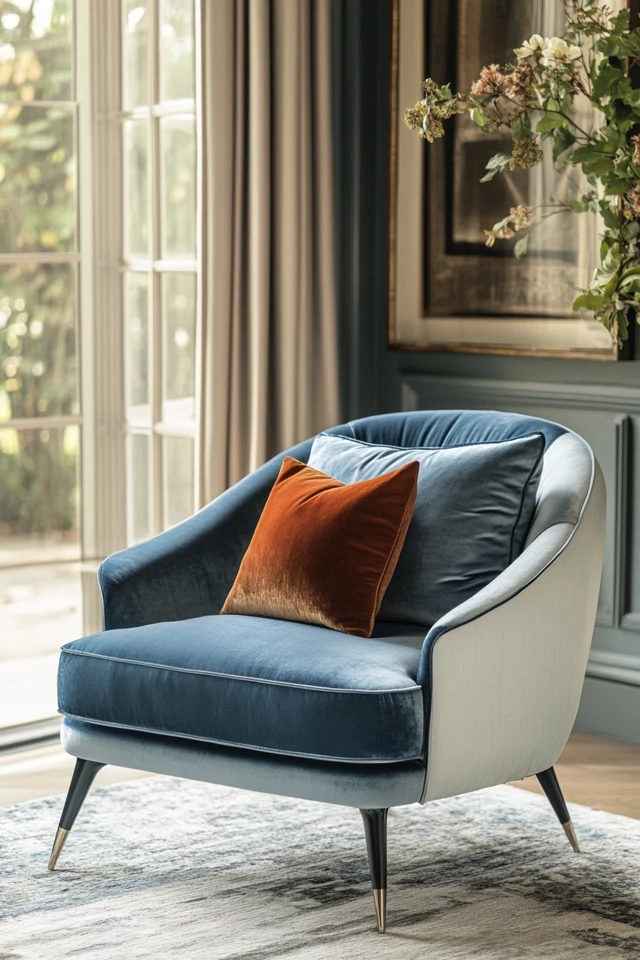Introduction
Coziness is the heart of a welcoming home, the feeling that makes a space warm, intimate, and relaxing. While many people associate coziness with layers of furniture and accessories, the reality is that achieving coziness doesn’t have to mean crowding a room with bulky sofas, oversized chairs, or endless knick-knacks. In fact, too much furniture can have the opposite effect, making a space feel cramped and overwhelming rather than serene and inviting.
I learned this lesson when redesigning my first apartment. I wanted the living room to be a cozy retreat, so I filled it with plush armchairs, a sectional, and multiple side tables, thinking the more, the better. Instead, it felt cluttered and hard to move around in. After removing excess furniture, adding soft textures, rearranging lighting, and introducing a warm color palette, the transformation was incredible. It was still cozy but now also functional and visually balanced.
In this guide, we’ll explore how to create a sense of coziness without overloading your space with furniture. From clever layouts and intentional design choices to layering textures and optimizing lighting, these strategies will help you strike the perfect balance between comfort and spaciousness. Whether you’re working with a large room or a small apartment, you’ll find practical tips to make your home feel like a cozy haven without the clutter.
The Perfect Design for You
This approach is perfect for anyone who:
- Wants to create a cozy home without sacrificing space or functionality.
- Lives in a small apartment or house where every square foot counts.
- Prefers a clean, uncluttered aesthetic but still wants their space to feel warm and inviting.
- Is seeking smart ways to blend comfort, style, and practicality.
Imagine a living room with a plush area rug, soft lighting, and a carefully chosen armchair that invites you to curl up with a book—no extra chairs or oversized coffee tables to navigate around. Or picture a bedroom with crisp bedding, a warm throw blanket, and a single statement piece of furniture instead of an overcrowded layout. These are examples of spaces that achieve coziness not through excess but through thoughtful, minimalist design choices.
Whether you’re working with an open floor plan, a studio apartment, or a large home, creating coziness without overloading furniture can help you enjoy the best of both worlds: a space that feels warm and functional, stylish and uncluttered.
Picture Gallery


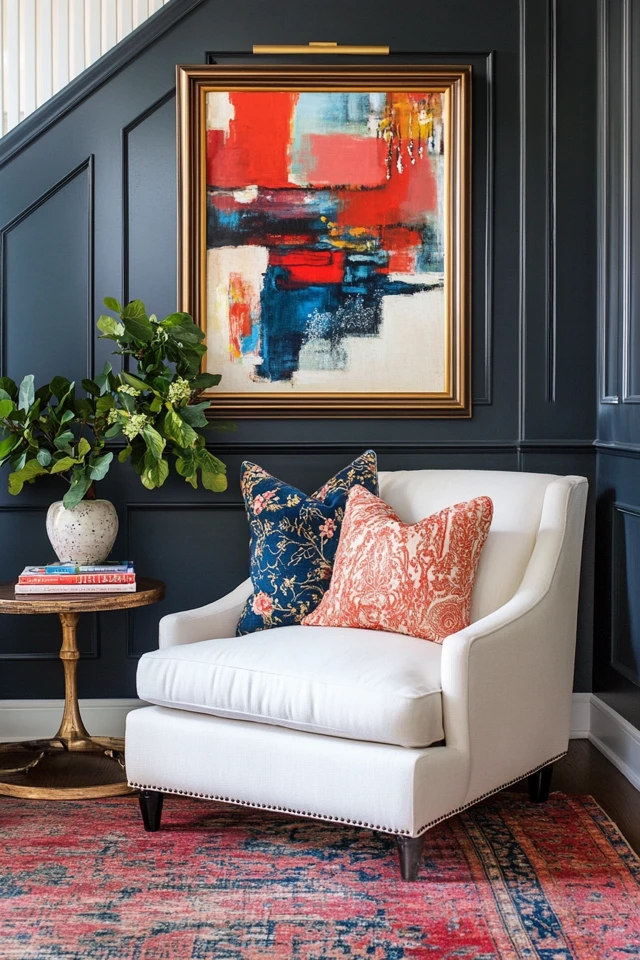
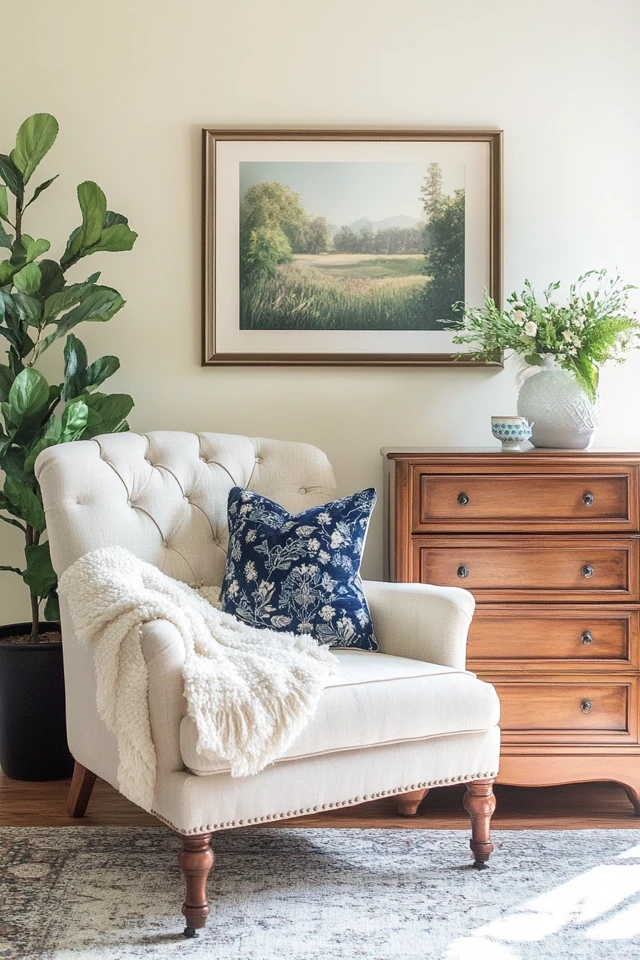
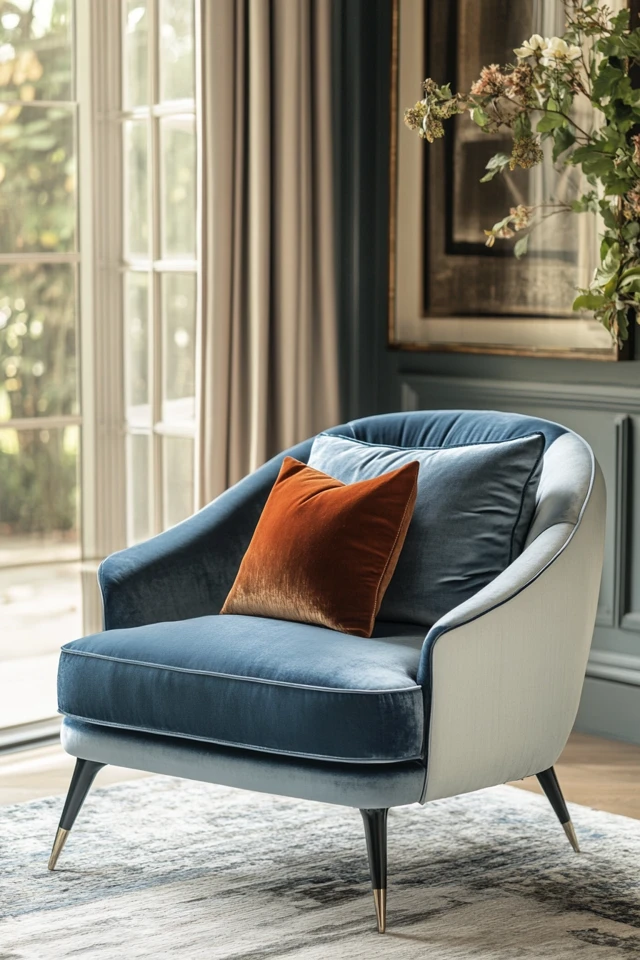
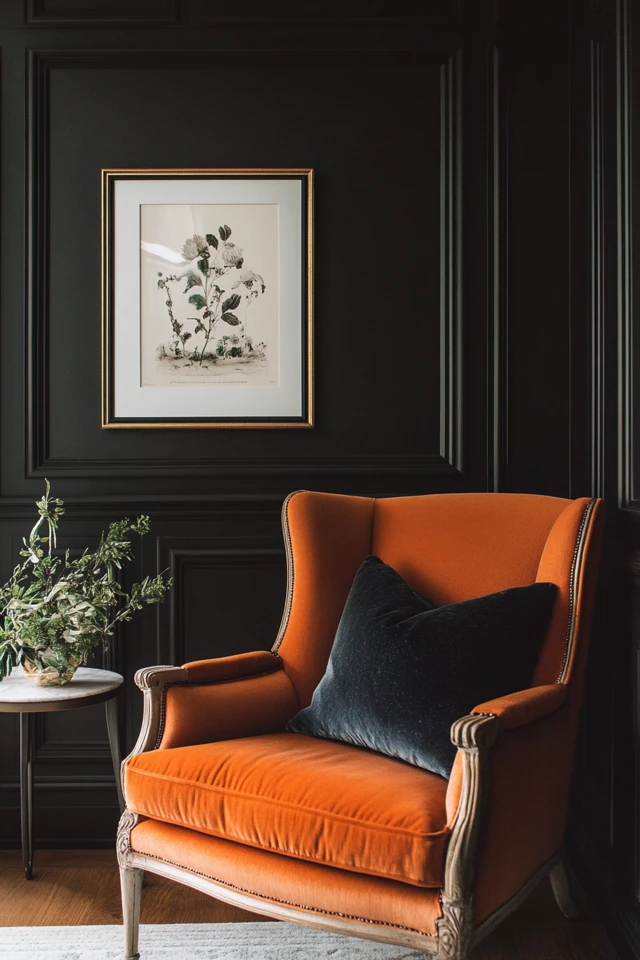
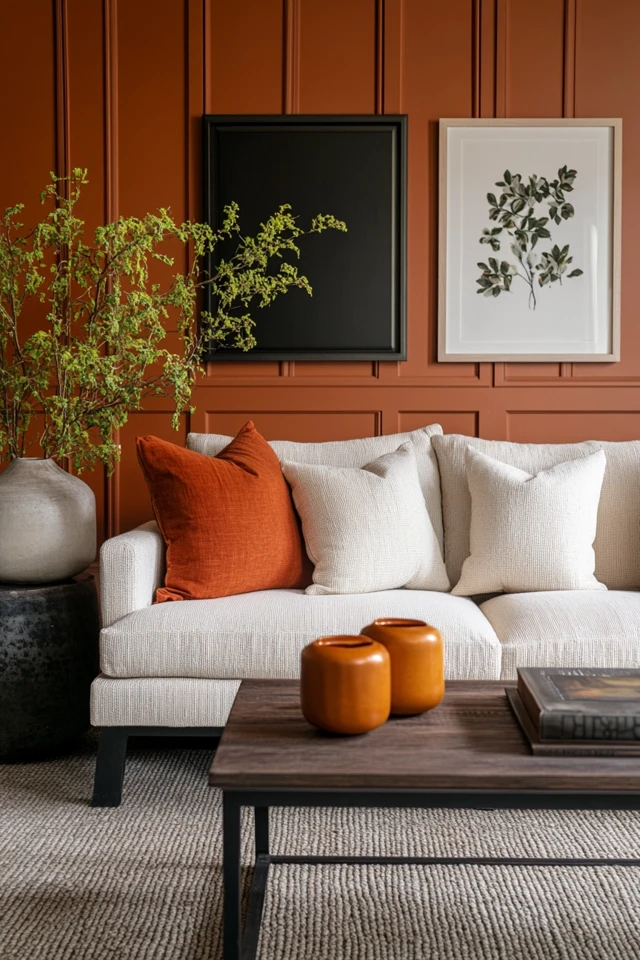
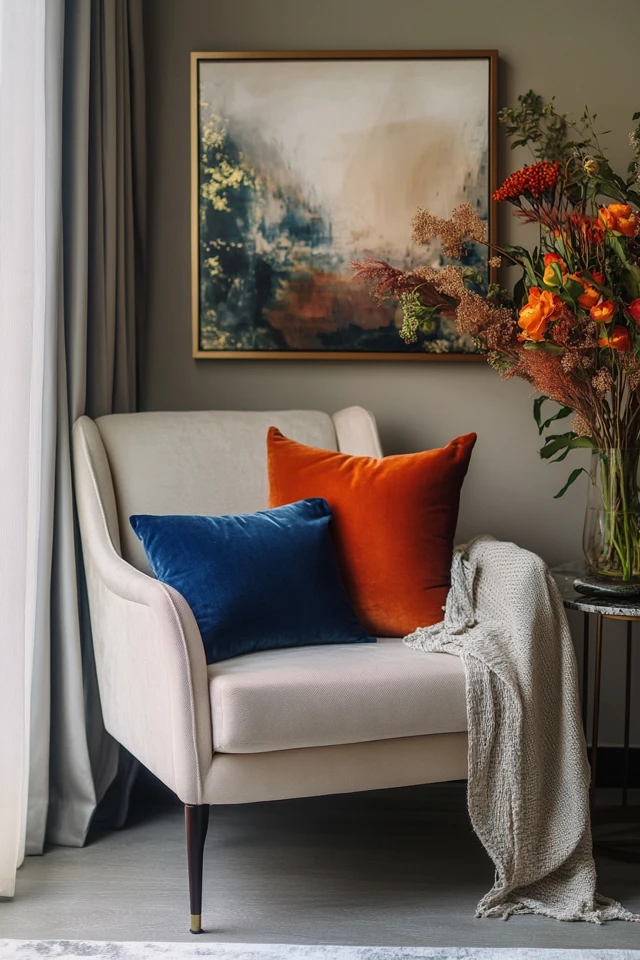
Why This Approach Works
Creating coziness without overloading furniture is about intentionality—making every piece and detail count. Here’s why it’s such an effective design philosophy:
- Preserves Space: Minimal furniture allows for better movement and flow, making the room feel larger and more open.
- Focuses on Comfort: By prioritizing quality over quantity, you can invest in fewer but cozier, more functional pieces.
- Avoids Visual Clutter: Reducing the number of furniture items ensures the space feels calm and serene rather than busy or chaotic.
- Enhances Style: With less furniture to distract the eye, you can highlight standout pieces and create a more polished, cohesive look.
- Encourages Versatility: Open spaces can easily adapt to different needs, whether you’re entertaining guests or relaxing alone.
The key to this approach is balance. By focusing on simplicity, you create room for cozy details like soft textures, ambient lighting, and warm colors to shine. It’s about designing a space that feels personal and inviting without feeling overstuffed or restrictive.
How to Create Coziness Without Overloading Furniture: Step-by-Step
1. Start With a Thoughtful Layout
- The foundation of a cozy yet uncluttered room is a well-planned layout:
- Choose one or two main focal points, like a sofa and coffee table or a bed and nightstand, and design the layout around them.
- Leave ample space for movement—ensure there’s at least 2-3 feet of walking space between large furniture pieces.
- Avoid pushing all furniture against the walls; bringing items inward creates a more intimate and inviting setup.
- Example: In a living room, angle a small sofa and armchair toward each other with a soft rug in the center, leaving open space along the walls for a clean, airy feel.
2. Focus on Multi-Functional Furniture
- Multi-functional furniture is the ultimate solution for cozy minimalism:
- Choose ottomans that double as storage, or a coffee table with hidden compartments.
- Opt for a sofa bed or daybed in smaller spaces to combine seating and sleeping needs.
- Use foldable or extendable tables for dining or workspace flexibility.
- These pieces reduce the need for extra furniture while enhancing functionality.
- Example: A compact storage bench in an entryway offers seating, a surface for decor, and hidden space for shoes or bags.
3. Layer Textures for Warmth
- Coziness comes from layers, not excess furniture:
- Use soft textiles like wool, cotton, or velvet in throws, pillows, and area rugs.
- Mix textures for depth—combine smooth leather with fluffy faux fur or linen with chunky knits.
- Choose furniture with upholstered finishes for added warmth and softness.
- Example: A minimalist sofa paired with a textured throw blanket, a sheepskin rug, and a few velvet pillows feels warm and inviting without needing extra seating.
4. Optimize Lighting for Ambiance
- Lighting is one of the most effective ways to create coziness without adding furniture:
- Layer different types of lighting—ambient, task, and accent—for a warm and inviting glow.
- Use dimmable lights to adjust the mood for different times of day or activities.
- Incorporate candles, string lights, or lanterns for soft, intimate lighting.
- Example: A living room with a floor lamp by the sofa, table lamps on side tables, and string lights draped over a bookshelf feels cozy and well-lit without adding visual clutter.
5. Use Rugs to Anchor the Space
- Rugs are a powerful tool for adding coziness without extra furniture:
- Choose a rug large enough to anchor the seating area or bed, leaving a border of visible floor space around it.
- Layer rugs for added texture and warmth—for example, a jute rug with a smaller patterned rug on top.
- Stick to soft, plush materials for maximum comfort.
- Example: In a small bedroom, a single shag rug beneath the bed creates a cozy foundation without the need for additional chairs or benches.
6. Incorporate Natural Materials
- Nature-inspired elements add warmth and depth to minimalist spaces:
- Use wood, rattan, or wicker in furniture and decor for an organic touch.
- Incorporate greenery with potted plants or fresh flowers.
- Choose decor items like stone vases or ceramic bowls to introduce texture and earthiness.
- Example: A simple wooden coffee table paired with a few small potted plants creates a cozy centerpiece that feels grounded and natural.
7. Prioritize Open Surfaces
- Open, uncluttered surfaces contribute to a sense of calm and coziness:
- Limit decor on side tables, consoles, and shelves to a few intentional pieces.
- Use trays or baskets to organize small items like remotes or magazines.
- Leave negative space around decor to let each piece shine.
- Example: A coffee table with just a candle, a stack of books, and a small vase of flowers feels inviting and intentional rather than overcrowded.
8. Incorporate Statement Pieces Thoughtfully
- Instead of crowding a room with multiple furniture items, choose one or two statement pieces:
- A bold armchair, a unique light fixture, or an oversized piece of artwork can define the space without needing extra decor.
- Balance statement pieces with simpler, neutral items to avoid visual clutter.
- Example: A small dining area with a sleek table and chairs feels elevated with the addition of a striking pendant light above.
9. Use Vertical Space
- Take advantage of walls to add coziness without taking up floor space:
- Hang shelves for books, plants, or decor.
- Install wall-mounted lighting like sconces to free up tabletops.
- Use artwork, mirrors, or tapestries to create visual interest.
- Example: In a studio apartment, a gallery wall above a sofa creates warmth and personality while leaving the floor open.
10. Add Personal Touches
- Coziness comes from creating a space that feels personal and lived-in:
- Display meaningful decor like family photos, travel souvenirs, or handmade items.
- Incorporate scents with candles, diffusers, or fresh flowers.
- Layer in items that reflect your personality, like vintage finds or unique artwork.
- Example: A minimalist bedroom feels instantly cozier with framed family photos on a dresser, a handmade quilt on the bed, and a lavender-scented candle by the nightstand.
FAQ
1. Can I achieve coziness with modern, minimalist furniture?
Absolutely! Use warm textures, layered lighting, and natural materials to soften modern furniture and create a cozy atmosphere.
2. How do I avoid making a room feel empty while keeping it uncluttered?
Focus on key areas like seating and storage, and use rugs, decor, and lighting to fill the space without adding extra furniture.
3. How do I create coziness in a small room?
Opt for multi-functional furniture, keep the layout simple, and use vertical space for decor and storage to maximize coziness without crowding the room.
4. What’s the best way to make an open-plan space feel cozy?
Use rugs, lighting, and furniture placement to define zones and create intimacy within the larger space.
5. How do I balance coziness with functionality?
Prioritize furniture and decor that serve a purpose, and keep surfaces organized to maintain a sense of comfort and usability.
Variations
- Scandinavian Minimalism: Combine light woods, soft textiles, and neutral tones for a clean yet cozy aesthetic.
- Rustic Warmth: Use reclaimed wood, chunky knits, and earth tones to create a rustic, inviting space.
- Modern Industrial: Pair sleek metal furniture with plush rugs and warm lighting for an industrial-inspired yet cozy vibe.
- Bohemian Comfort: Layer colorful textiles, vintage rugs, and eclectic decor for a cozy, lived-in feel.
- Urban Chic: Use contemporary furniture with velvet accents and bold lighting for a sophisticated yet comfortable look.
How to Showcase It
- Living Rooms: Use a compact sofa, a single armchair, and a soft area rug to create a cozy seating area without overcrowding.
- Bedrooms: Keep furniture minimal—just a bed, nightstands, and a bench—while layering bedding and pillows for warmth.
- Dining Rooms: Opt for a simple dining table and chairs, adding texture with a rug, table runner, or pendant light.
- Home Offices: Use a streamlined desk and chair, with a soft area rug and a lamp for added warmth.
- Bathrooms: Focus on plush towels, a bath mat, and candles to create a spa-like atmosphere.
Occasions to Feature It
- Daily Living: Enjoy a space that feels cozy and functional for everyday use.
- Entertaining Guests: Create an inviting atmosphere without the chaos of too much furniture.
- Seasonal Updates: Add cozy layers like throws and rugs during winter, and lighter textiles in summer.
- Small Space Living: Maximize coziness in compact apartments or homes without sacrificing usability.
- Post-Renovation Touches: Simplify the furniture layout while adding warmth and style through decor and textures.
Conclusion
Creating coziness without overloading furniture is about striking the right balance between simplicity and warmth. By focusing on thoughtful layouts, multi-functional furniture, layered textures, and strategic lighting, you can design a space that feels inviting and functional without feeling cramped or chaotic.
Whether you’re working with a small apartment or a spacious home, these tips will help you create a cozy retreat that prioritizes comfort and style. So, declutter your space, embrace intentional design, and enjoy the warmth and serenity of a home that feels just right.

